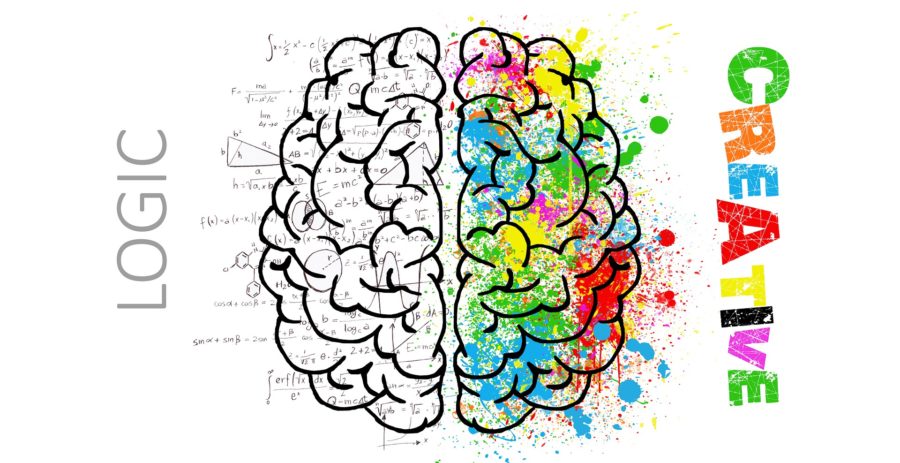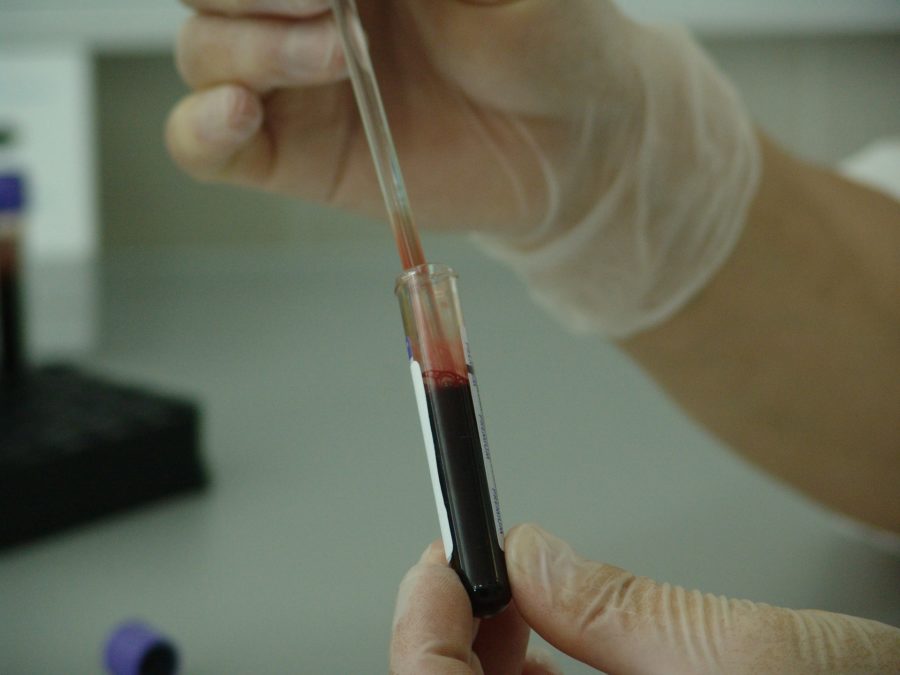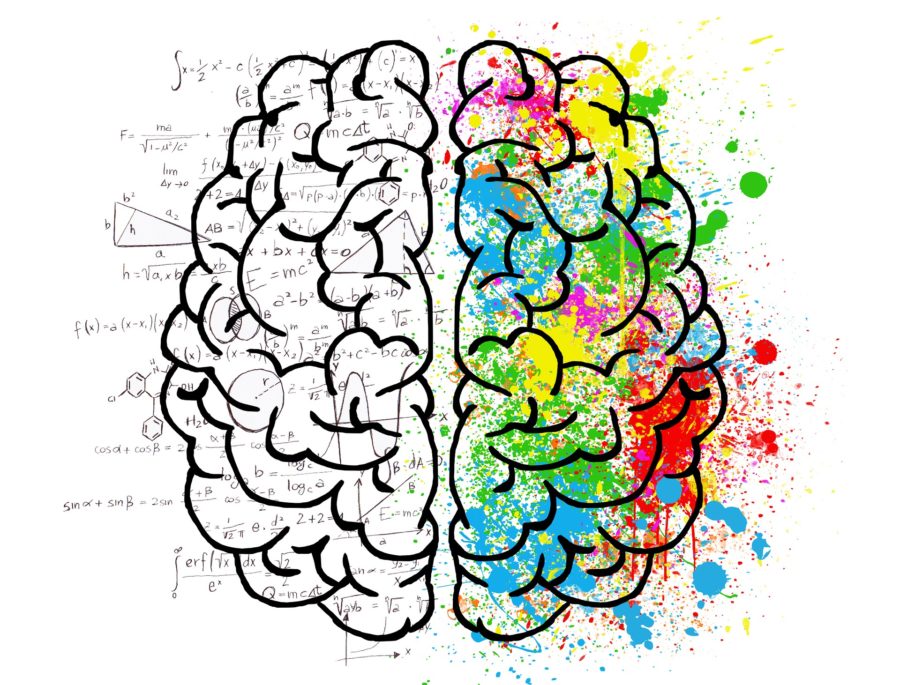
When someone says the word robot, it is most likely that you will think of a shiny, metal automaton that is solid to the touch. You may not think of a squishy, soft robot that looks almost huggable.
Well, it turns out that a new era of robotics is being ushered in at Harvard University and the University of California, San Diego. Their newest 3-D printed robot takes a step away from the cold, hard metal design that has often been used in the past.
This new robot was designed, built and tested by Michael Tolley, an assistant professor of mechanical engineering at the University of California, San Diego, and Nicholas Bartlett, Ph.D student at Wyss Institute at Harvard University.
The robot is able to complete over 30 different jumps and is made of a top hemisphere, bottom hemisphere and rigid core, Tolley described in the July 10 edition of Science magazine.
The top hemisphere is printed in one piece by a 3-D printer. It consists of nine different layers, and each layer is a different stiffness. The first layer is a soft outer exterior, and the last layer is a hard, rigid core.
This design of a soft exterior and a solid core actually comes from nature. Tolley noted that in nature there are certain species that begin soft and only become rigid and hard when they come into contact with something hard, like rocks.
Robots with soft exteriors often perform tasks at a much slower pace, Tolley said. However, the mixing of a soft outer layer and a solid inner core improves the functionality of the robot while decreasing the chance of harm to the operator.
The bottom hemisphere holds a small compartment where oxygen and butane can be injected right before the robot jumps. When the gas is injected, the robot inflates, jumps and then returns to its normal shape when the action is completed.
The rigid inner core is surrounded by the top and bottom hemispheres. The inner core contains the power source, battery, small air compressor and a circuit board.
The robot’s unique design helps the power source work more closely with the “brain” of the robot because the harder, more rigid layers of the top hemisphere are closer to the inner core.
The soft, flexible outer core is also able to protect the robot from damage that would devastate other robots.
During a series of tests, the robot was able to jump 2 1/2 feet high and a half a foot forward or backward. In Tolley and Bartlett’s experiments, the robot jumped over 100 times and survived falls—about 35 of them—from heights close to 4 feet.
Tolley told Science that he plans to continue to create and explore robots that are inspired by nature in the future.














